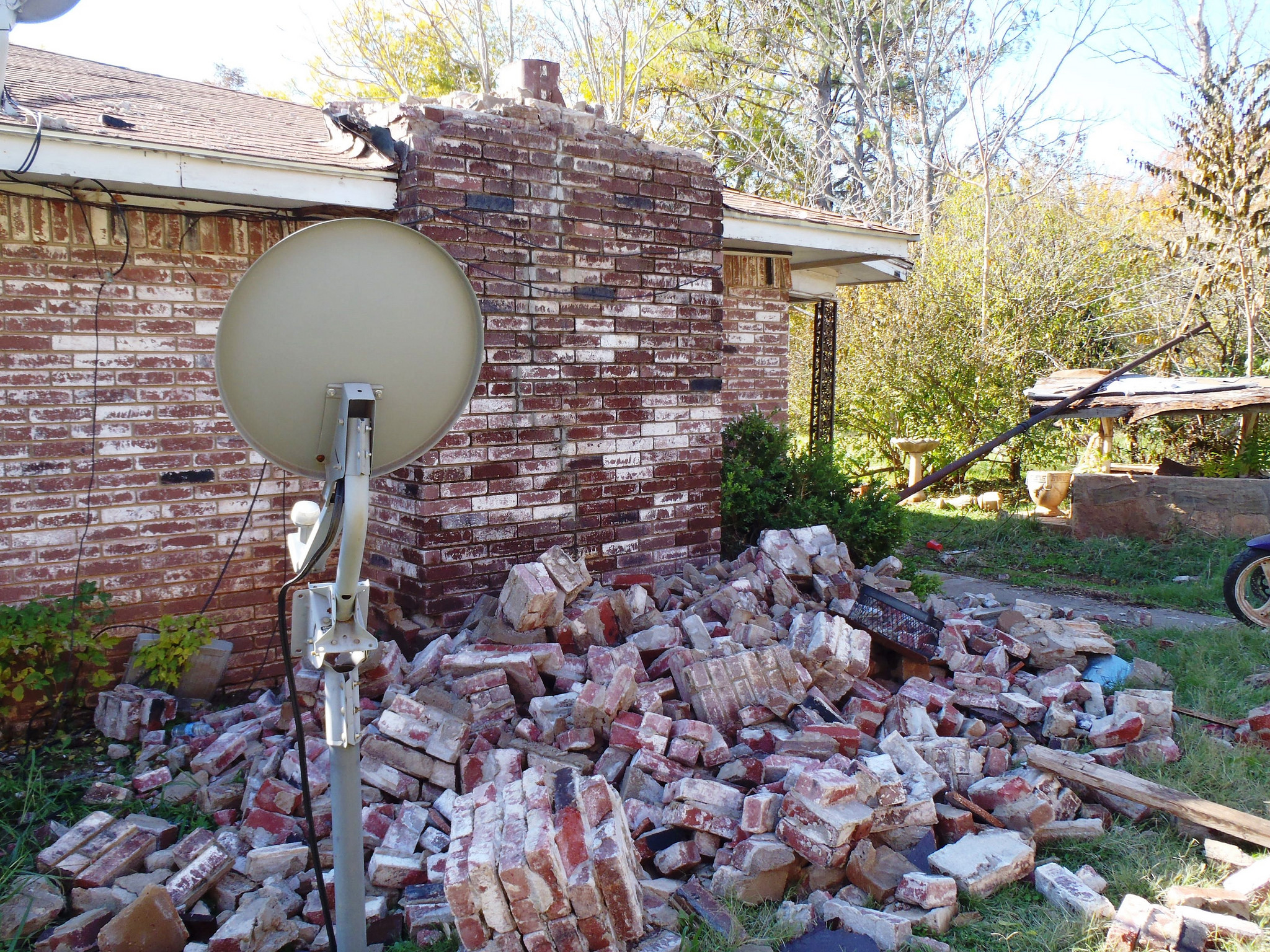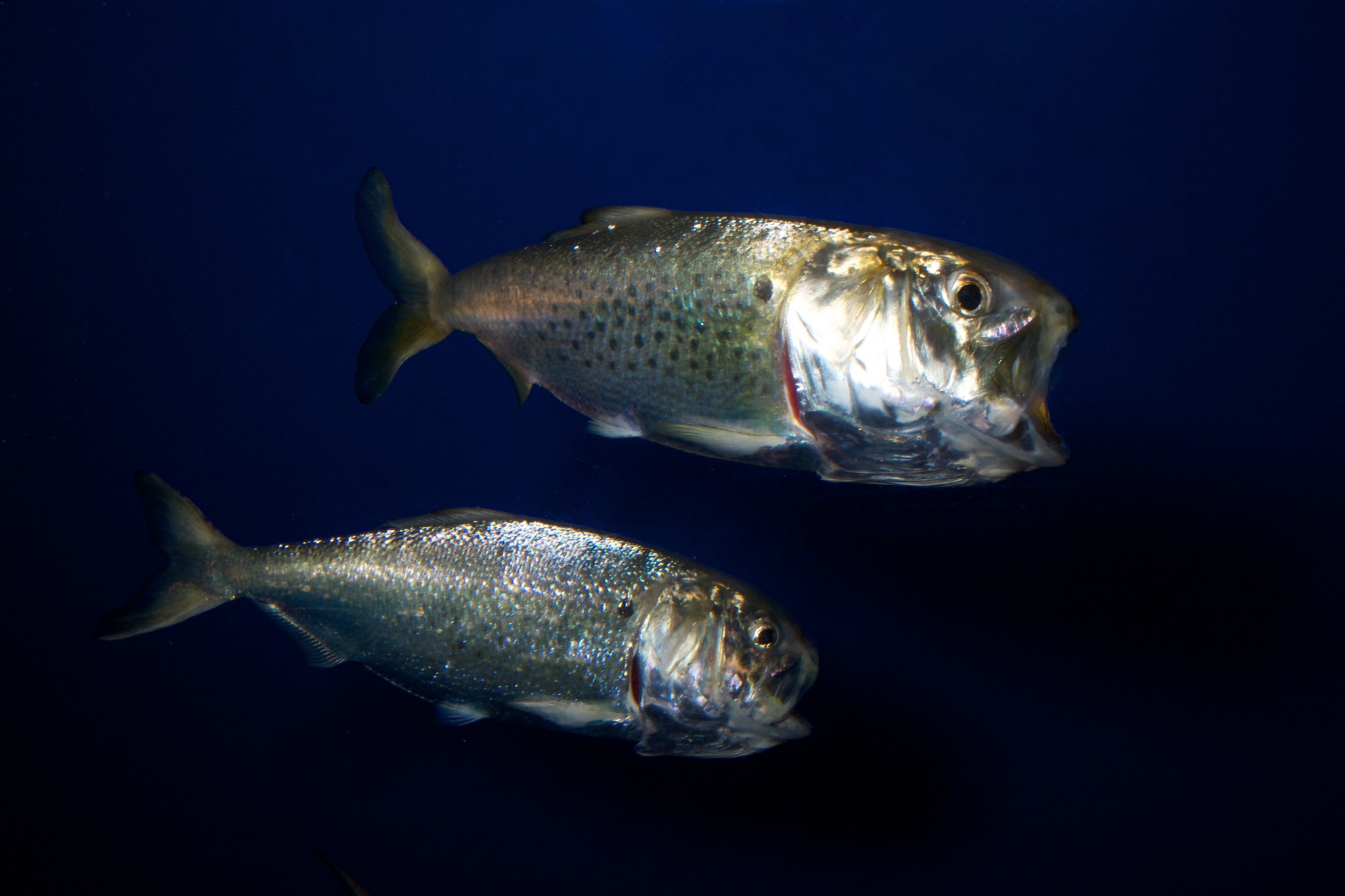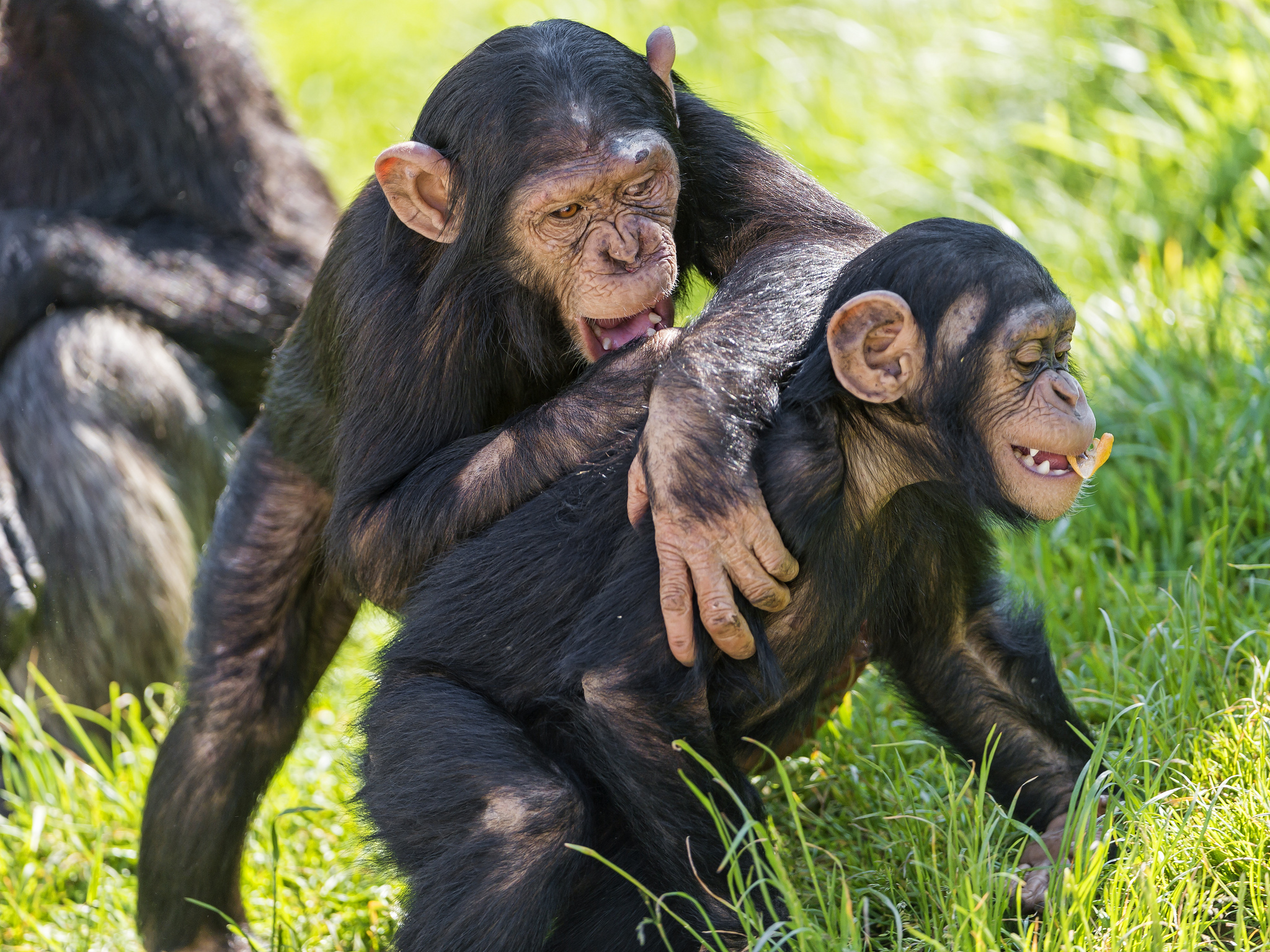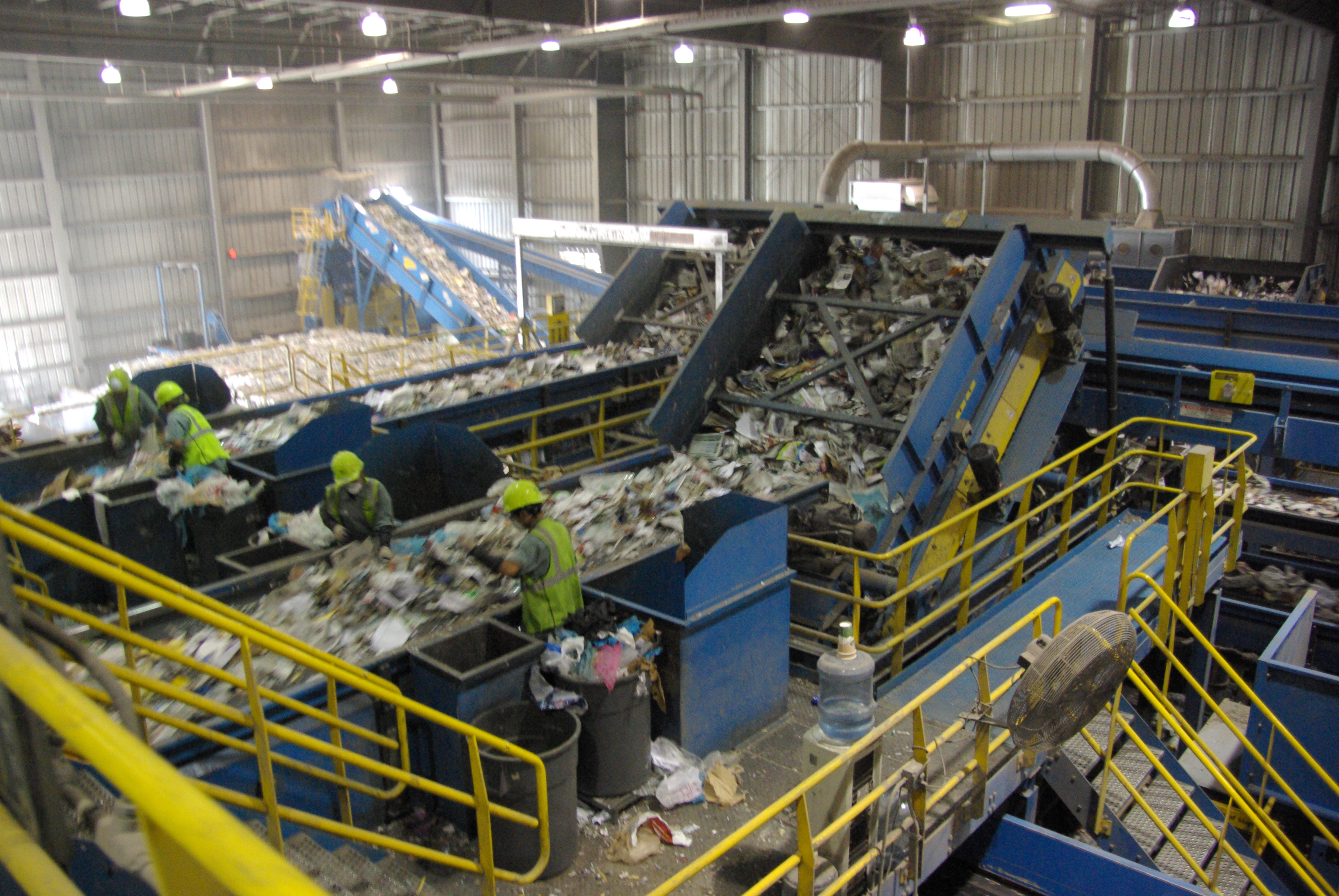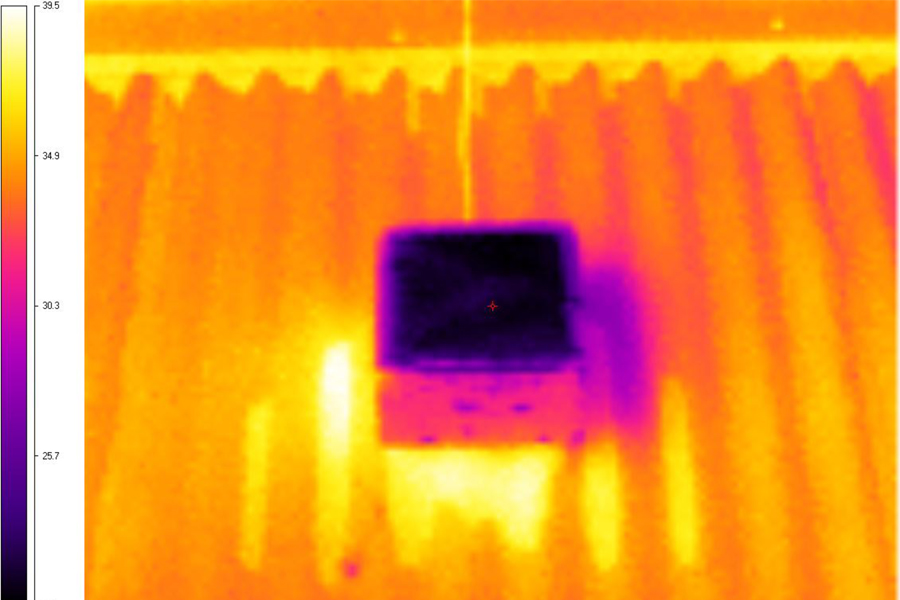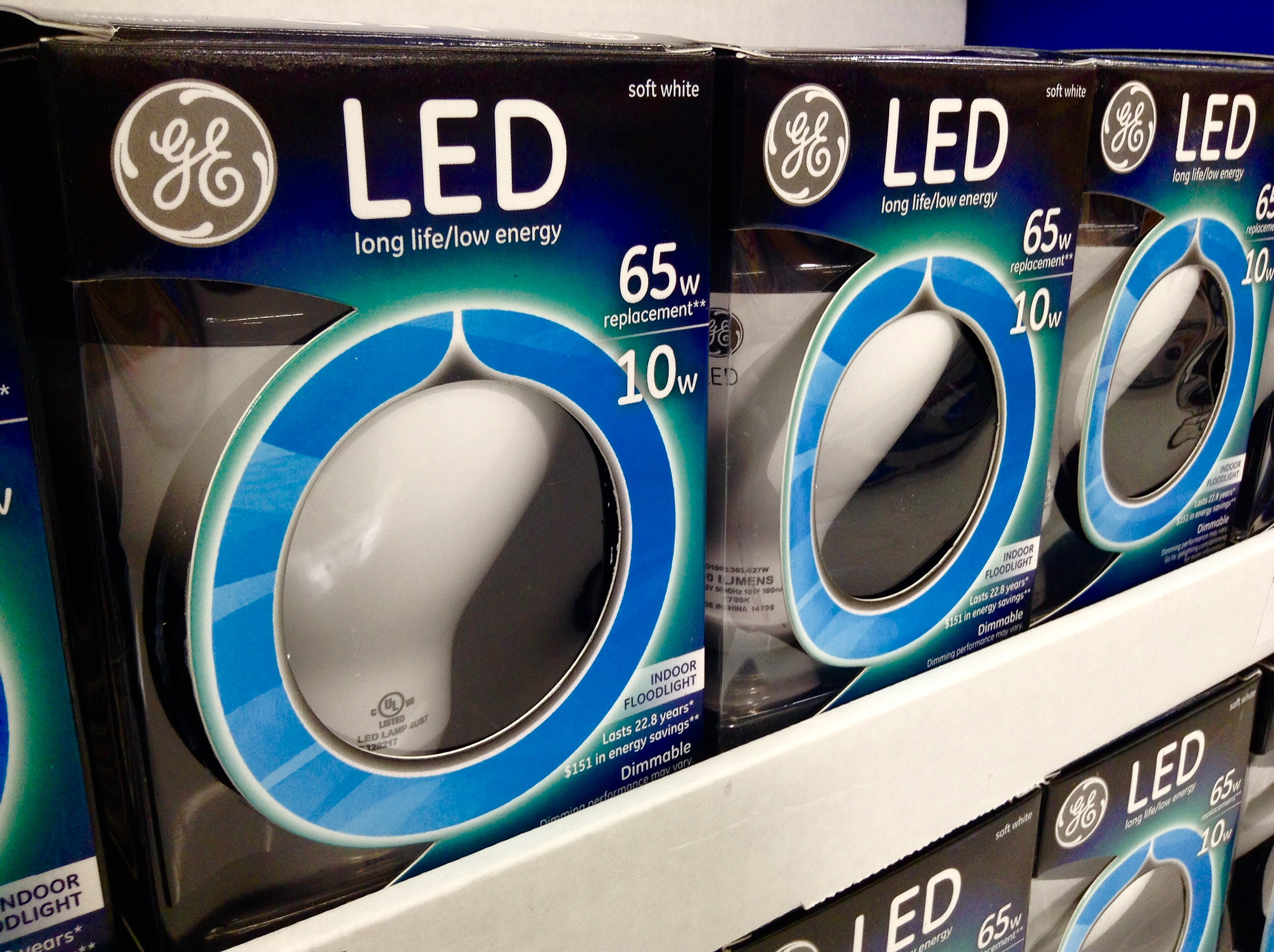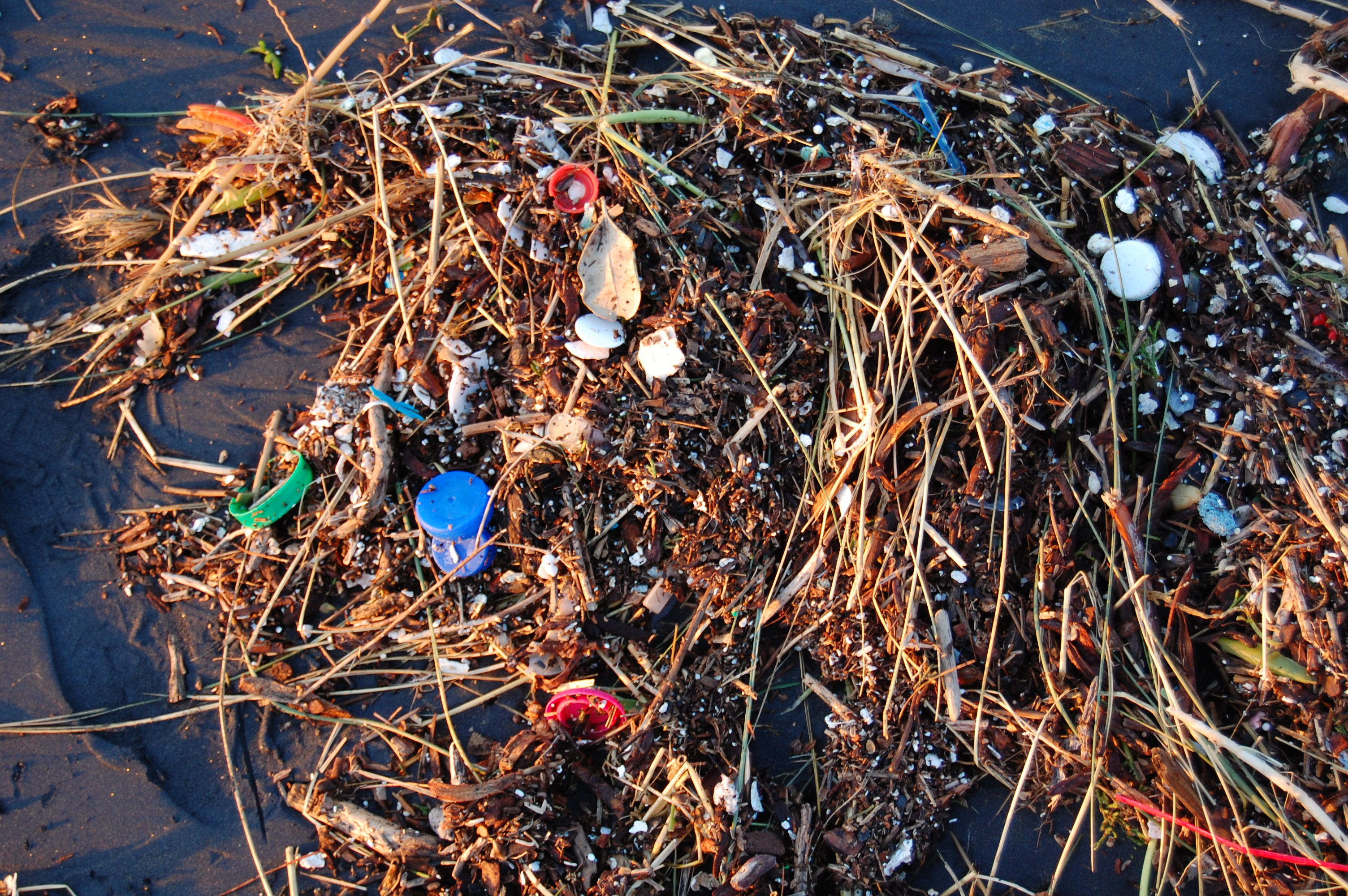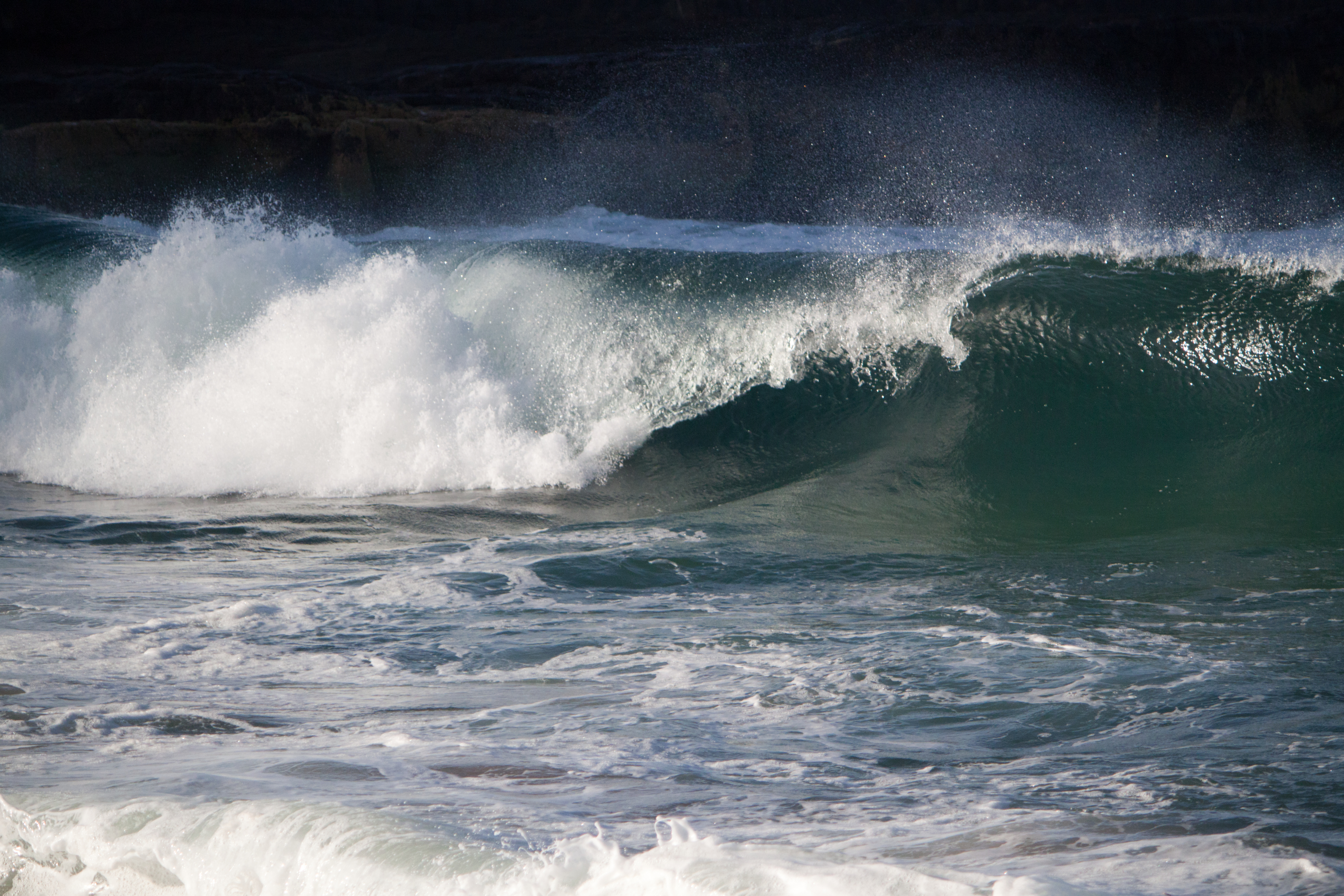Economy and Policy
Earthquakes And Fluid Injection Wells
The number of earthquakes associated with oil industry injection wells has skyrocketed from a handful per year to more than 650 in 2014, according to a new study published in Science by the University of Colorado Boulder and the U.S. Geological Survey.
Nitrogen Pollution Suffocates Fish
In Riverhead, Long Island the stench of rotting fish is becoming all too familiar. Over the past two months, the Department of Environmental Conservation estimates more than 400,000 Atlantic menhaden, commonly called bunker, have washed up on the shores of the Peconic River – which sits between Long Island’s north and south forks. The culprit: nitrogen pollution.
Trouble For Sardines
In the 1950s, there was a huge collapse of the West Coast sardine population as a result of intense overfishing that coincided with a natural down-cycle related to cooler water temperatures. That crash resulted in the virtual shutdown of the largest fishery in the Western Hemisphere, closing down the famed Cannery Row in Monterey, California.
On The Care Of Our Common Home
Religions are based on systems of faith, morals, and practice. Science is based on a system of theories, evidence, and hypothesis testing. Both are embedded in the structures of society where a convergence of beliefs and knowledge can often work together for a common social good.
More Protection For Chimpanzees
Wild chimpanzees have been on the endangered species list for decades. In the early 1900s, there were about a million of them, but current estimates are that there are only between 172,000 and 300,000 remaining around the world.
The Hyperloop Isn’t Just Hype
A few years ago, Elon Musk, the man behind Tesla, SpaceX, and Solar City proposed the concept of the Hyperloop, a high speed transportation system in which pressurized passenger capsules travel inside of partially-evacuated, elevated tubes, floating on a cushion of air and being driven by linear induction motors and air compressors. The vision was for a route between Los Angeles and San Francisco that would transport passengers between the two cities in 35 minutes travelling at an average speed of about 600 mph.
Methane: The Other Greenhouse Gas
When we talk about climate change, carbon dioxide often takes center stage. Curbing carbon emissions is essential, but we also need to think about other potent greenhouse gases. A molecule of methane has a lifetime of about 10 years in earth’s atmosphere, where it is 25 times more potent as a heat trapping gas.
The Case For Mixed Recycling
In the early days of recycling, people diligently sorted their waste, with bins for paper, plastic, aluminum, and glass. Comingled approaches are becoming more common. They require less effort, so more households comply.
Genetically Modified Mosquitos
The use of genetically modified organisms –GMOs – in food crops like corn and soybean has become a real hot-button issue. The controversy has now spread to the use of genetic engineering to control mosquito-borne illnesses.
A Super-Cool Roof
We have previously discussed the topic of urban heat islands. When summer sun heats up asphalt and rooftops in cities, metropolitan areas end up noticeably warmer than their surroundings.
Bad News For Birds
While no one was looking, the U.S. House of Representatives passed a bill that threatens to dismantle protections we’ve extended to migratory birds since 1918.
Green Tips For Landlords
As a landlord, you always have a lot going on. Your goal is to make your tenants as happy and as comfortable as can be – even if it means extra spending. But what if you could improve your tenants’ experience and save money? You can by going green!
To Bee Or Not To Bee
No one likes pests: mosquitoes at your barbeque, termites in your basement, caterpillars on your garden vegetables and field crops. During the past 70 years, the chemical industry has developed an arsenal of chemicals designed to eliminate pests.
Modeling A 100% Renewable Grid
European countries have been leading the charge for quite some time in deploying renewable energy and reducing carbon emissions. Many have set challenging goals for both of these actions.
The Ocean Cleanup Array
Plastic debris can be found on up to 88% of the ocean’s surface, and most of it is concentrated in the top two meters of water. Swirling currents known as gyres cause the debris to gather in certain areas. Some of these concentrations are so large they can be seen from space.
Monarch Butterflies
For the past two decades, the monarch butterfly population has been dropping at an astonishing rate. The U.S. Fish and Wildlife service estimates that the monarch population has dropped by nearly one billion butterflies since 1990 – a 90% decline. Today, only about 35 million butterflies remain – a statistic that has some groups calling for the species’ protection under the Endangered Species Act.
Brewing Water For A Good Cause
The recent severe weather and subsequent flooding that battered Texas and Oklahoma killed more than 30 people, and left many other victims in need of basic supplies, like water.
Wave Power On The U.S. Grid
Generating electricity from tides, waves and ocean currents is potentially a significant source of clean, green power. However, for a number of reasons, it has lagged far behind other renewable energy sources in actually delivering power to the grid.
Forecasting Future Infectious Disease Outbreaks
From Ebola and bird flu to Lyme disease and West Nile virus, most emerging infectious diseases are transmitted from animals to humans, with more than a billion people suffering each year. Safeguarding public health requires effective surveillance tools. But to date, most outbreaks are dealt with as they happen.
[Read more…] about Forecasting Future Infectious Disease Outbreaks


